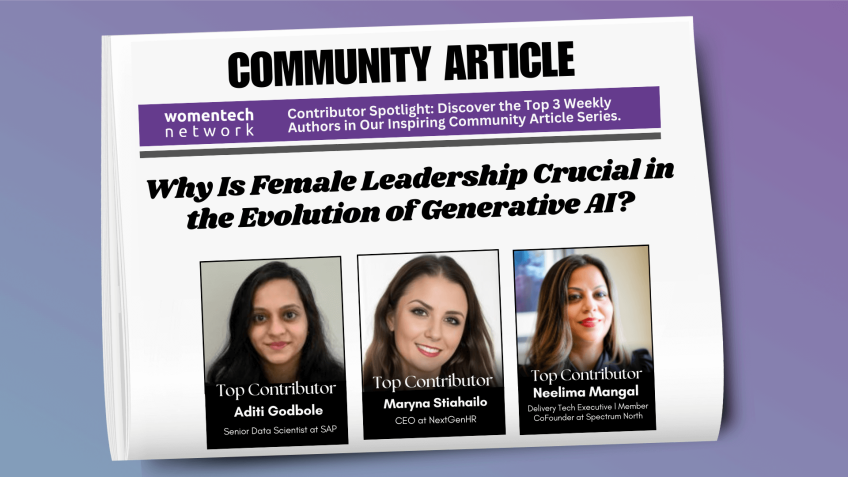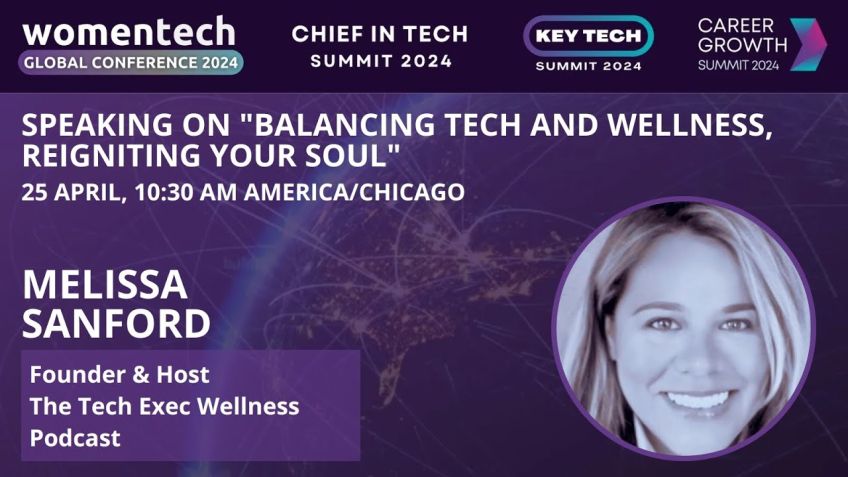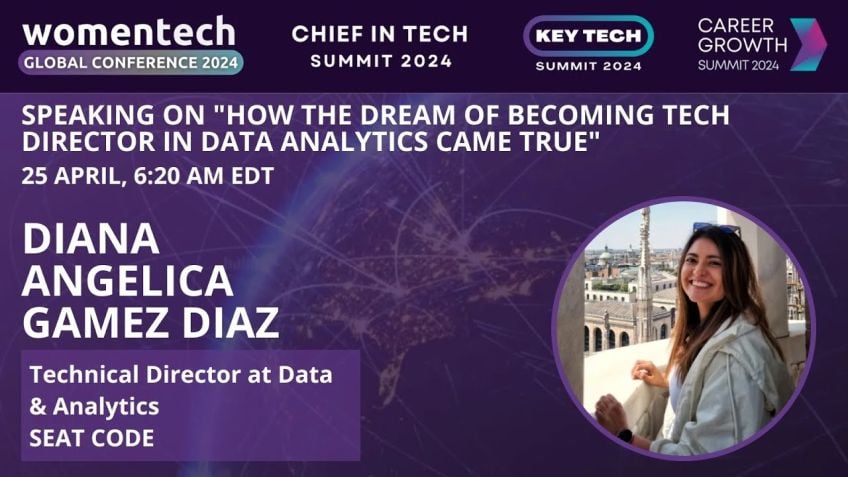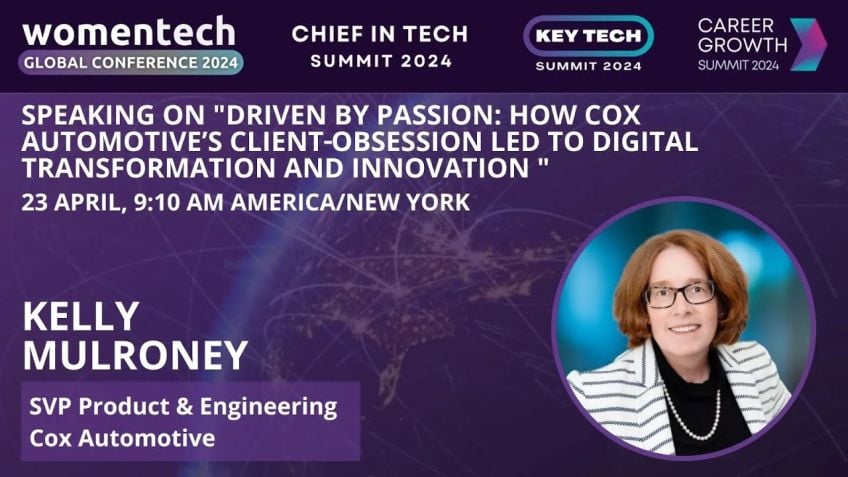How to Model a Digital Twin of a Market through Agent Based Modelling
Maya Mateva
Co-founder and Software EngineerNadejda Petrova
Head of PartnershipsEmbrace Decision Intelligence: Understanding Digital Twins and Agent-Based Modeling
Hello everyone, I am Maya Matara, an engineer and the co-founder of SAS AI, a tech company that has created a revolutionary platform for decision intelligence in the consumer market. In this article, we will dive into AI, the basis of our platform, specifically focusing on digital twins and agent-based modeling.
Digital Twins and the Complexity of Consumer Decisions
Our daily lives are swamped with countless decisions, ranging from the trivial, like choosing between Pepsi or Coca Cola, to more significant ones, like deciding where to eat lunch. The sheer volume of decisions that we face each day inevitably leads to the development of behavioral patterns.
Companies leveraged these behavioral patterns to influence consumer buying habits. They design an environment that makes some decisions easier than others, appeal to our sense of value by using the decoy effect, and encourage us to make spur-of-the-moment purchases. However, formulating a winning strategy is still a complex task for companies due to the volume and variety of data available.
The Power of AI in Decision Making
The world of marketing is complex, teeming with data that companies need to interpret and act upon. By using AI technology, we can simulate real-world consumer behavior through agent-based modeling. It's a simulation technique that recreates micro consumer behavior through agents to uncover macro marketing outcomes.
But how exactly do we go about doing this? The first step is to collect a representative data set for each agent – or consumer – in a specific market segment. This data set includes information about the consumer's perceptions, behaviors, and drivers. These agents are then given values based on these characteristics. Thousands of these diverse agents are created and used as the foundation for a digital twin of the market.
Creating a Digital Twin Through Agent-Based Modeling
Now that we have our virtual consumers, we can start creating a digital twin of the market. We simulate consumer decision processes by factoring in various influences like availability, advertising, and recent experiences. Using agent-based modeling allows us to simulate real-world scenarios and create meaningful strategies that lead to growth, efficiency, and optimization.
With these simulated markets, we can test strategies with zero risk. We can evaluate potential outcomes of introducing a new competitor, changing prices, releasing a new product, or modifying investment strategies. This testing can be conducted instantly, saving valuable time and resources.
Applying AI Simulation in Real-World Scenarios
To illustrate the power of AI simulation, let's consider two different scenarios.
- The first involves Toyota, who was preparing to launch a new electric vehicle on the market. Using AI simulation, they were able to develop an effective strategy for marketing this vehicle despite the impending release of the Tesla Model 3. Their simulation was 98% accurate, enabling them to stay one step ahead of the competition.
- The second scenario involves Netflix, which was losing members and goodwill. They used AI simulation to test out different strategies and found that the most successful was to have 80 original series. They managed to increase their number of original series to 72, resulting in a successful turnaround for the company.
Embracing the Era of Decision Intelligence
These real-world applications are just a few examples of decision intelligence, a subset of AI that helps businesses make better decisions. As today's business environment becomes increasingly complex, AI and the strategies of agent-based modeling and digital twins can offer invaluable insights.
According to McKinsey, 96% of companies plan to use simulations for forecasting market conditions, making strategic decisions, and supporting financial, sales, and marketing planning. With the evolution of AI in decision making, we are on the brink of a new era in decision intelligence.
Stay ahead of the curve and embrace decision intelligence to optimize your marketing strategies and grow your business.
Video Transcription
Oh, hi. I hope you can hear me. Uh My name is uh so yeah, hi. Uh my name is Maya Matara. I am engineer and co-founder at a company called SAS A I uh that develops a platform for decision intelligence for consumer market.And today I'm going to talk about A I the basis of our platform that is digital twins and agent based modeling. Let me share my screen. I hope you can see it. But yeah, I, I'm going to share with you how to create the digital digital twin of a market through agent based modeling. Yeah. So imagine that you wake up in the morning and you have a million million decisions to make what to eat, where to go to, how to travel, where you should buy your lunch for whether you want a Pepsi or Coca Cola or not. And as we, we, we are met with so many decisions, we developed some behavioral patterns in order to help us beat the decisions, let's say uh for example, we do prefer defaults or the decision of not making any decision. Um Meaning that if we all have the check box, do you want that email, uh preselect it, we'll probably end up with a lot of spam it out in our folders.
Uh We shape our perceptions based on expectations, whether we think something is uh beautiful or not, uh soft or not. And so on. We tend to think that our, the things we own are with much greater value than those that we not because we spend some effort and affections to them and we create our own relative reality, determining the value of something based on something else. And companies have developed strategies uh based on our behavioral patterns. For example, they use our fo for making us want the latest iphone, for example, or they influence our our defaults or not just to do something uh by designing environment that make some decisions easier than others or they introduce additional options, making us choose something, for example, uh Starbucks, uh something that I drink every day, but they use the so called decoy effect and they introduced uh the medium, the medium beverages.
So when you compare small, medium and uh big, the price between medium and big is pretty much the same. But you know, you get more when you buy, when you buy the bigger one. So you naturally choose the bigger one because it's, it's the offer right now. So companies simplify the messaging the te the text, the key information that we need to absorb, they suggest selling uh they suggest and encourage us to make a decision in the spur of the moment. And so that we just do it and buy something. But even though our behavior patterns are pretty well uh known, and there are a lot of books like uh predictably irrational, uh not thinking fast. And so all those books about the way we behave does not make companies uh making a, a winning strategy easier. Let's say the thing is that the world right now it's pretty complex. There is a lot of data and companies need to absorb that data and act upon it. But right now, actually a couple for a while now there is there is technology, there is A I something that can help us make decisions based on that data and with consumer markets and with consumers, the thing, the thing is agent based modeling or creating real world consumers simulating our behavior.
Uh So introducing agent based modeling, it's a simulation technique that recreates micro consumer behavior through agents to uncover macro marketing outcome, meaning that it simulates the behavior of a single person. And when that's done for a lot of person, for a lot of individuals, we can get the mi micro effects. So how it goes uh recreating consumers requires basic information about the different segments in a market. There is a population that population is divided into different segments, whether it's uh based on religion, uh skin color, age and so on. We do tend to, to be in some segment and we have some typical behavior behaviors. Uh We use something in, in a way or we do, do researches online or not. We have our own profiles in that segment. What are our drivers, whether we are aware of something or not? What are the perceptions for something, how we communicate? If we are between 2030 we'll probably communicate more on tiktok and absorb advertisements more there. If we are like me between 3040 you're keen on Facebook and Instagram and so on. Uh we put information about the touch points, all the places you see that advert ads and that information, whether it's about a brand, a prime minister, for example, or a TV show.
And at the end, we can, we can evaluate what our decision making processes, how rational we are, whether we choose something after re reading a lot about it or we choose something at the spur of the moment like uh Coca Cola, for example, whether we are emotional for, for our choices or not, it all depends on, on the target and a representative data set is collect, collected for each agent so that you know it uh what segments, what are the perceptions for those between tw 2030?
For example, what, what's the behavior between uh for those between 3040? For instance, what are our drivers? Whether for some, the price of something is uh what, what's more valuable and what we consider the most or rather it's the quality of something and we assign values to, to that agents for all those uh characteristics and to for our drivers and perceptions. And that's what, how we recreate the consumer segment. And we assign values to different segments with different perceptions, di different behaviors, different drivers. And we do that still, we have representative populations of agents, needless to say as much data as you have uh the the better it's the best because you have uh very accurate models and very accurate, accurate representations of, of the agents of the segments in your market.
So thousands of diverse agents are created and they're at the base of the market. This is, this is the basis upon which you start creating your digital tweet and those agents are trained based on historical data. Of course, like every model, we, we learn them, we train them calibrated. What are the perceptions? What are their past pa past choices? What are the drivers be behind each segments? Uh how they choose own alternative, how they experience it? Do they talk about it or not? Uh agents segments with different age uh ages will concentrate more talking online while those uh advanced stage, let's say we, you will probably talk with each other and that's how they will share their experiences and talk. All those dynamics can be simulated through agent based models and the science behind search models. It's pretty amazing. Uh initially, it's the one I talked about. It's agent based modeling, it recreates the entire market, not just the performance of a single brand. So in search in search ecosystem in an agent based model, you can evaluate not only uh not only Toyota for example, but Volvo Mercedes and BMW. The same way, it's the the real world. So with agent based modeling, you can create real world scenarios. Uh there is again, the behavioral econ economics that models consumer decision making processes at individual levels, network science that accounts for word of mouth and social influences.
Uh attribution analy analytics that considers all touch points simultaneously, not only watching uh Instagram or Facebook, but watching TV, listening to radio, all those dynamics can be can be gathered in a single model. And at the end, it's machine learning that calibrates market results uh through different algorithms.
So and it's training with each, each new data that is provided to to the model so that the agent as, as the virtual consumers are as accurate as possible. And when we have the agents, we are pretty good to go to create our digital digital twin. Uh We simulate the consumer decision process, how people, how people react, how they make decisions, what they see, whether they, they have, whether the distribution is sold, that they can choose between Subaru, Volvo and BMW. Uh probably Ch choosing Subaru because that's why car, that's the best car I guess. Uh we can simulate how they see something where they listen to, where they get information no matter if it's for a car, a TV show, uh the new president or uh or politics or something like that, we can simulate all those dynamics in a single digit digital twin of the market through agent based modeling, the value behind that.
Uh Once you have the market with its environment, with its alternatives, with you, with the competitors, no matter if it's for a car presidents TV, shows or uh actor and actresses for a particular or movie. For example, then we create, as I mentioned, cons virtual consumers with their perceptions consideration, decision drivers. We, we have, we create them as close as possible to the Rios, to the Rio, to the real people, to the Rio segments. And once that's done in a platform in a software, we can create meaningful strategies that leads to growth efficiency and optimization. That strategy that uh can tell us which activities to focus on. What is the most appropriate messaging. Uh If we want to get a bigger market share, what we should do if we want to launch a new uh energy. For example, like it was with Coca Cola a couple of years ago, how to design it, what to do with it, how to position it. Uh contrary to Red Bull, for example, how to distribute your um your things, your, your brand as much as possible so that you get the best strategy for it. So what but what is more with such models? You can test strategies with zero risk. For example, if you stop advertising in Facebook, it's going to take pretty much time to, to see what's the result, whether that's beneficial or not, but you will lose time and you probably use money. Hopefully that strategy may, may be successful but maybe not.
But it will take months for you to understand with search platforms and search digi digital twins. You can test those hypotheses immediately in wi with within seconds, you can test what will happen if there is a new competitor on the market. What will happen? What if you change the prices, whether you uh whether it it's going to be successful, only short term or long term as well, how this will affect your brand awareness, uh how to release and to launch a new product where there is no historical data about that before how to improve your messages.
If you want to target different segments, how to modify your investment. Because with such such platforms uh with platforms like ours, you can say, OK, I want to reach a certain target. I want my sales to be 10% higher. Tell me what to do. And the algorithms below will test different hypotheses, different scenarios. Turn some uh some activities on and off to see what is the best, the best possible strategy and suggest you such such optimal way to go forward. Uh You can see and adapt more easily in blood events like COVID COVID pandemic or worse uh some unexpected uh some unexpected things that may happen to us. Or if you, we have had such a platform for decision intelligence, you can see what will happen if you remove the blue ticker ticker twitter tick or make it paid and how, how your consumers, how your users will react based on that. So the scenarios, as I mentioned just a second ago is they are endless. Uh For example, in the COVID, we worked with a company that wanted to see whether uh people will change their behavior uh to drinking their patterns. Uh during COVID, it turned out people will still gonna drink but their patterns will be will change a little bit and the bars uh wines, wine shops and so on could do up more easily with such information in advance.
He stay ahead of the curve rather they went waiting to see whether they will survive or not. Uh You can test uh you can apply such such uh platforms uh in the case of uh voting uh evaluating different presidents, for example, or launching a new, a new product or say what will happen if you, if you change the price and make your uh make your car, for example, more exquisite, more exclusive than others.
I'm going to uh delve a little bit more into two scenarios that are pretty much different than each other, but they all drill down to customers decisions. The first one we work on, uh on uh was developing a new product with Toyota. Uh They developed a pretty accurate model. They had a lot of data and they were about to launch a new electric vehicle model on the market, but they needed to be prepared to, to know what features they should focus on whether it is uh the aggressiveness of other car or safety. What, what are the, what, what they need to mo focus on that is most impactful and meaningful for, for their market. Uh How to, they validated different pricing, pricing strategies, different uh different messages, they evaluated competitor sections as well and they uh needed to prepare for Tesla com com Tesla three being released in that time. So they, they needed to be prepared for that as well in order to be to be the competition. And their model was pretty accurate like 9 98% as far as I remember.
And they managed to develop a pretty good strategy how, how to uh how not to be beaten by the competitor, but exactly the opposite did stay ahead of the curve and make a pretty successful electric vehicle launch. The other use case of ours was with Netflix Ba. Back in the day, they were pretty much about to sink, they lost uh 100 of members and their goodwill. Uh People were starting to started to stop uh watching uh Netflix. And that time their CEO it has uh was facing pretty, pretty steep targets. And what he did then was to use our platform to evaluate different strategies. The successful one was surprised that they should have uh original series and they did, our software told, told them that they needed to have 80 original series. They had 72 and that was pretty good, uh pretty great success. Their stocks were high again. Uh users, the their members were coming back again and it all depended that beca because the people evaluated different that that is something new. But with Netflix, they managed to test different a lot of scenarios to see what is the more uh the more prominent, the more optimal one, not only for short term sales, but for long term brand metrics like perception, consideration and word of mouth and yeah, and they, they managed to to stay and be alive.
Uh All those platform, all all those scenarios that I mentioned, they are the they are examples of the area of decision intelligence. Decision intelligence is a part of A I of artificial intelligence that help us make better decisions at the company at an organization level.
Uh in those today's complex and disrupted business environments uh using K I and as, as I just mentioned, agent based modeling digital to so those uh techniques and technology, you can create strategy that's beneficial for, for your company and for your consumers and nowadays companies are getting track of it.
They, they got the experience pre a pretty huge uh 60% increase in desired outcomes. Uh A I simulation adoption is pretty amazing. 96% of the companies to MCK according to mckinsey plan to use simulations for forecasting market conditions, ma make long term strategic decisions, develop new products and support financial sales and marketing plannings and what is more their confidence in the accuracy of their decisions and the path forward is rising and they feel pretty confident in what they do right now.
So they will stay ahead of the curve and to win as much market share as possible or depending on their strategies. So thank you and to embrace the decision intelligence era.







